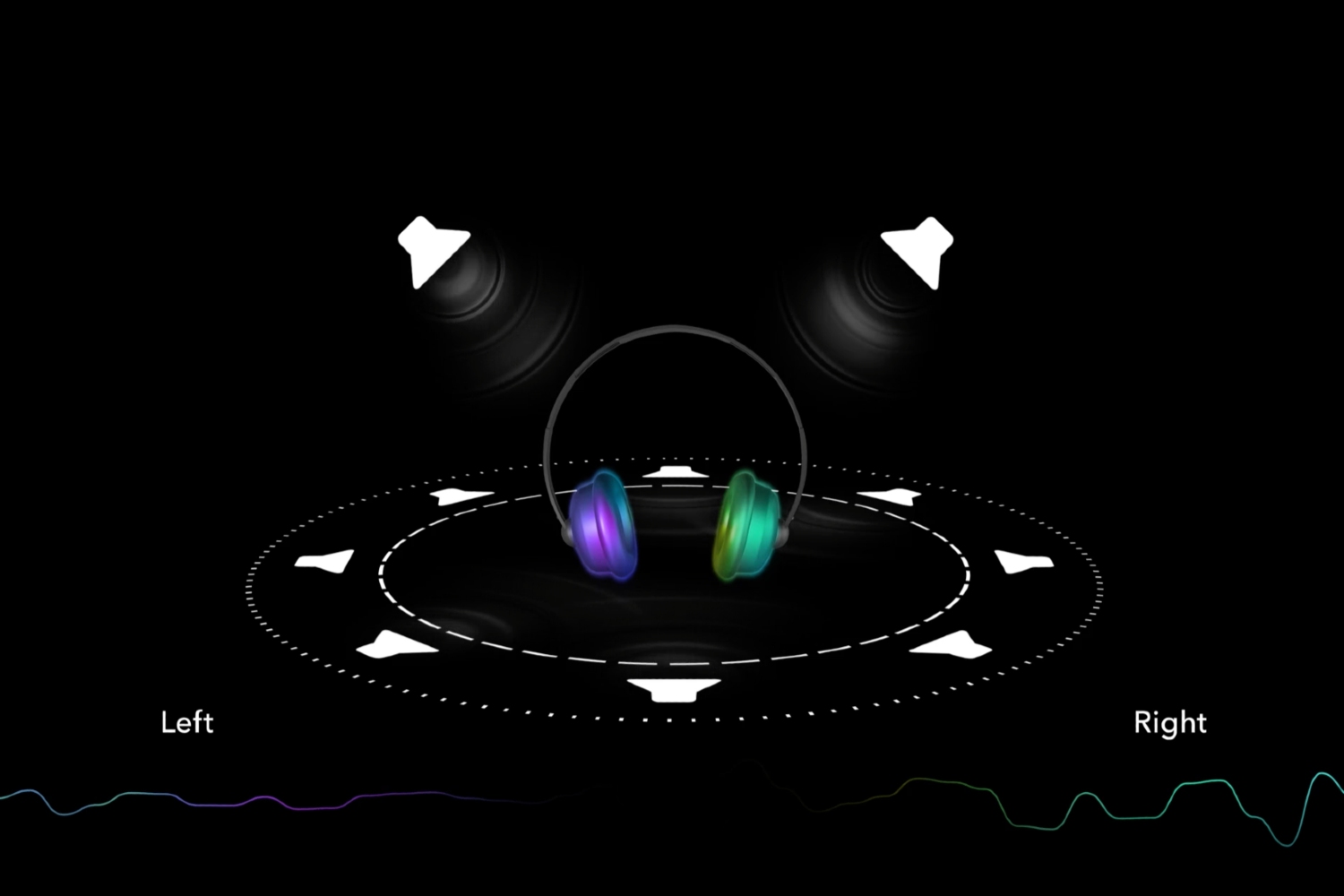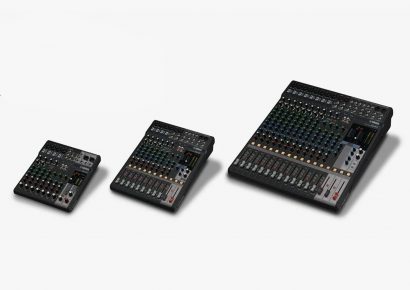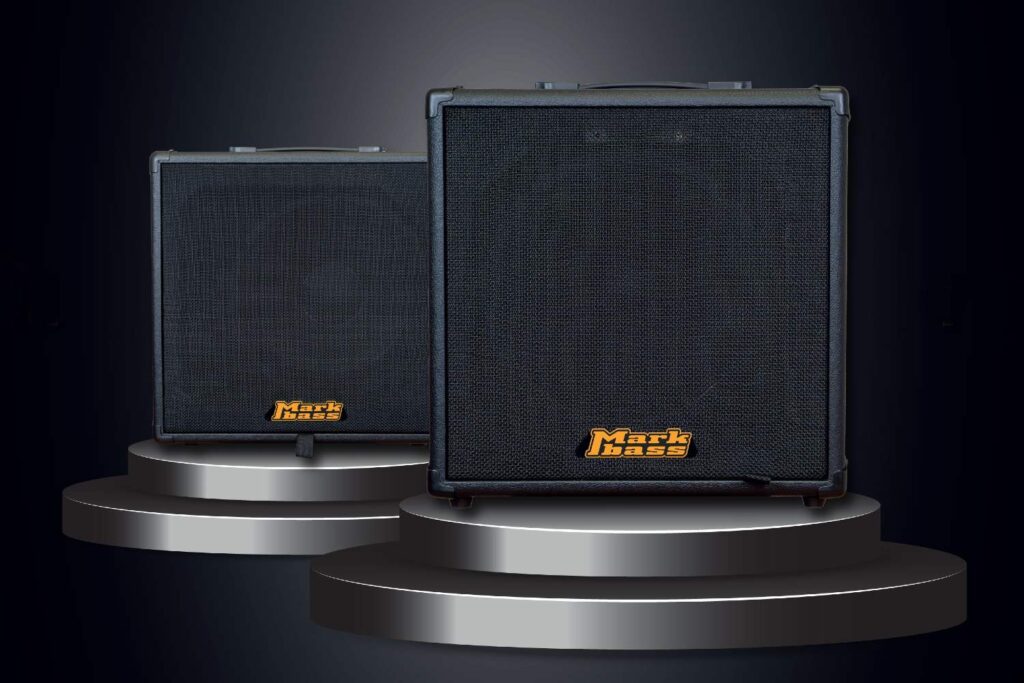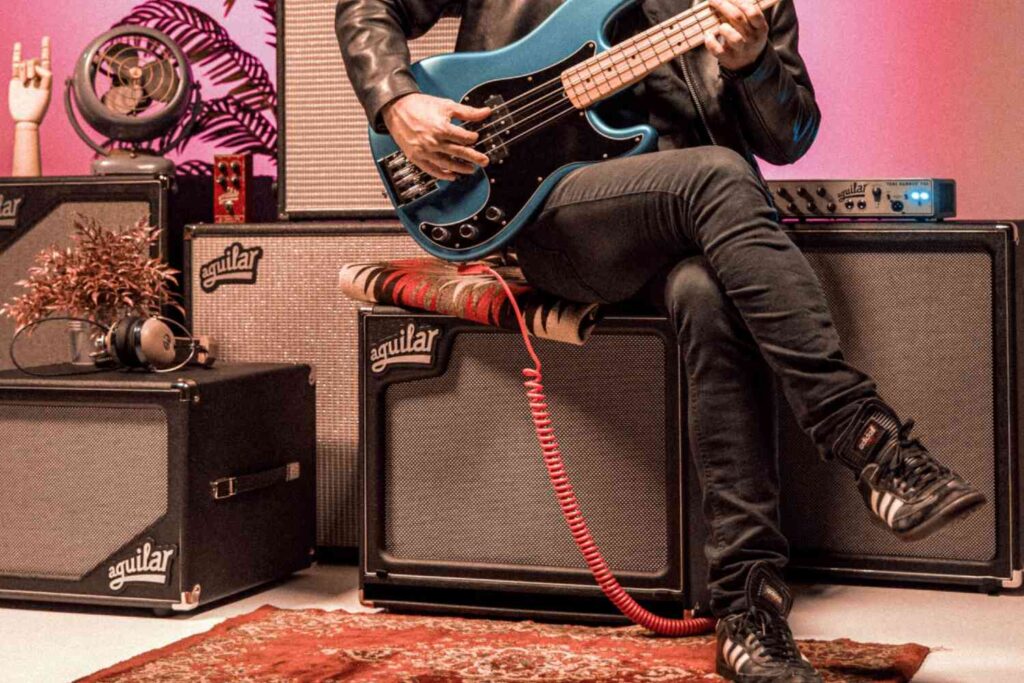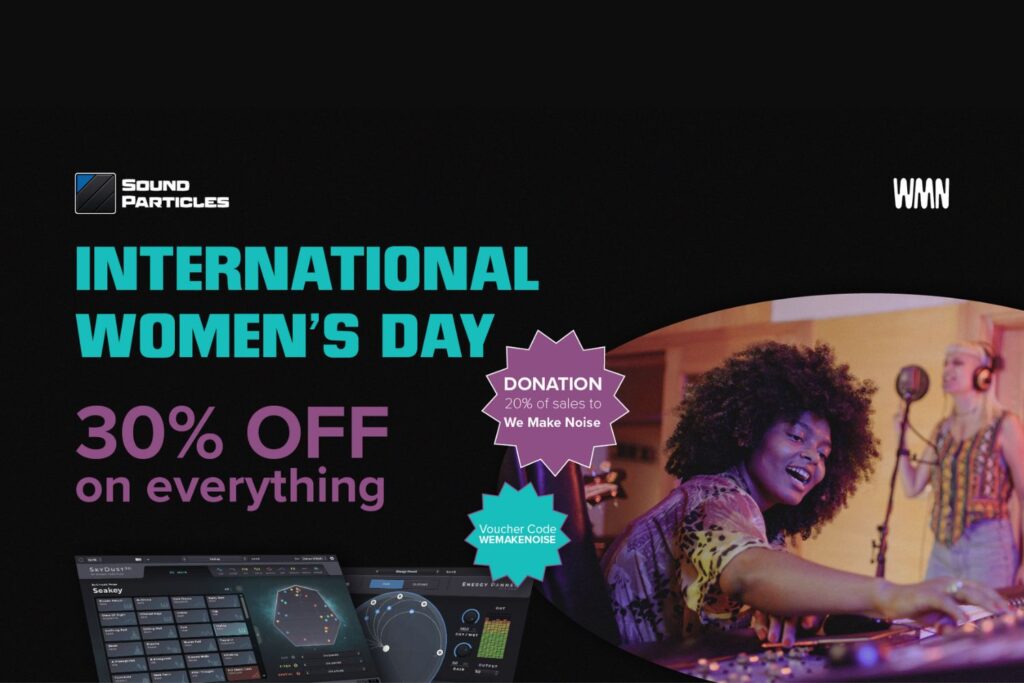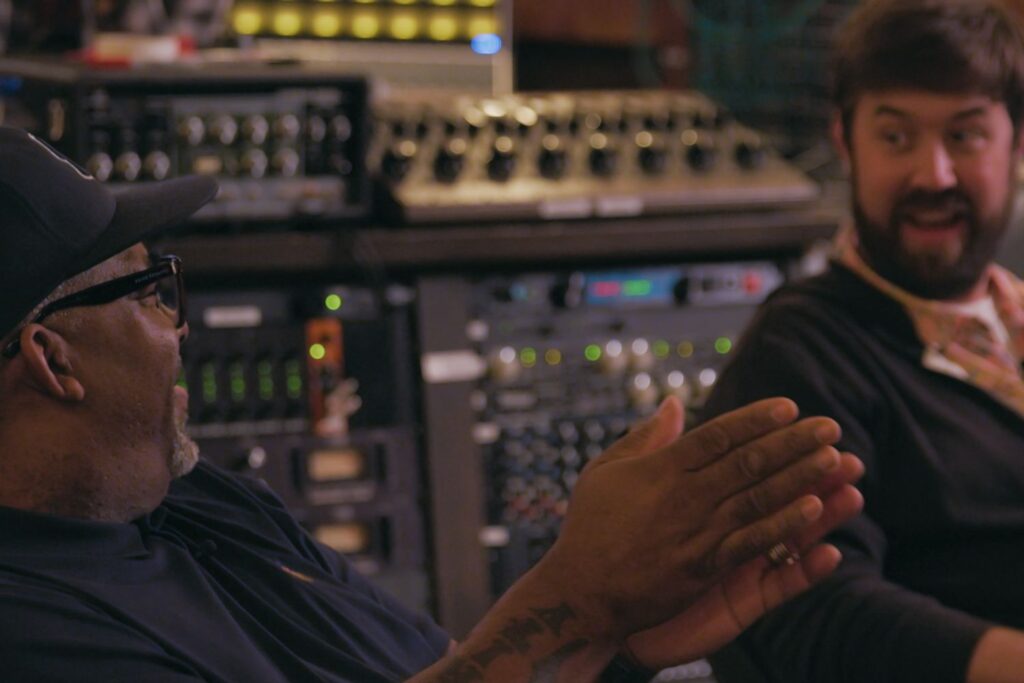Capturing 50 thousand points of one’s head, ears, and shoulders to create a more personalised immersive listening experience
Dolby has unveiled a new solution to improve their immersive Atmos format for those monitoring on headphones with Dolby Atmos Personalised Rendering, which leverages the Dolby PHRTF Creator app for iOS to capture measurements of your head to apply them to a head-related transfer function (HRTF) that’s unique to your anatomy.
What you need to know:
- Dolby has unveiled a new solution to improve their immersive Atmos format for those monitoring on headphones with Dolby Atmos Personalised Rendering
- The technology uses an app that captures measurements of your head to apply them to a head-related transfer function (HRTF) that’s unique to your anatomy.
- The app is currently in beta and access can be requested for pro-audio heads currently working in Dolby’s first party Dolby Atmos creative tools.
Read all the latest product news here.
Dolby said “creating spatial audio content over headphones requires a process known as binaural rendering, which allows headphones or earbuds to create the perception of space and dimensionality through two stereo channels”.
“A HRTF is a core component of binaural rendering used to represent the human body and different variants that can impact how humans hear. Most binaural renderers used by creatives today rely on a single default HRTF that represents average physical characteristics.
“This ‘one-size-fits-all’ model doesn’t factor differences that can vary from person to person and impact the perception of sound — like the shape of one’s head, ears, or shoulders.
“Because of this lack of personalisation, even seemingly minor physical deviations between someone’s anatomy and a default HRTF model can result in very different experiences between two people listening to the same content.”
Content creators are going to see the benefit as they can include more spatial elements that will be better translated to more listeners.
“For creatives,” said Dolby, “this can pose real challenges like reduced productivity, lower confidence in the scalability of their headphone mixes, and increased reliance on access to loud-speaker equipped mixing rooms.”
Dolby also said the app captures 50 thousand points of the user’s head, ears, and shoulders, generating an acoustic map that can be dropped into the Dolby Atmos Renderer application.
The app is currently in beta but access can be requested for pro-audio heads.
Head to Dolby for more information.
